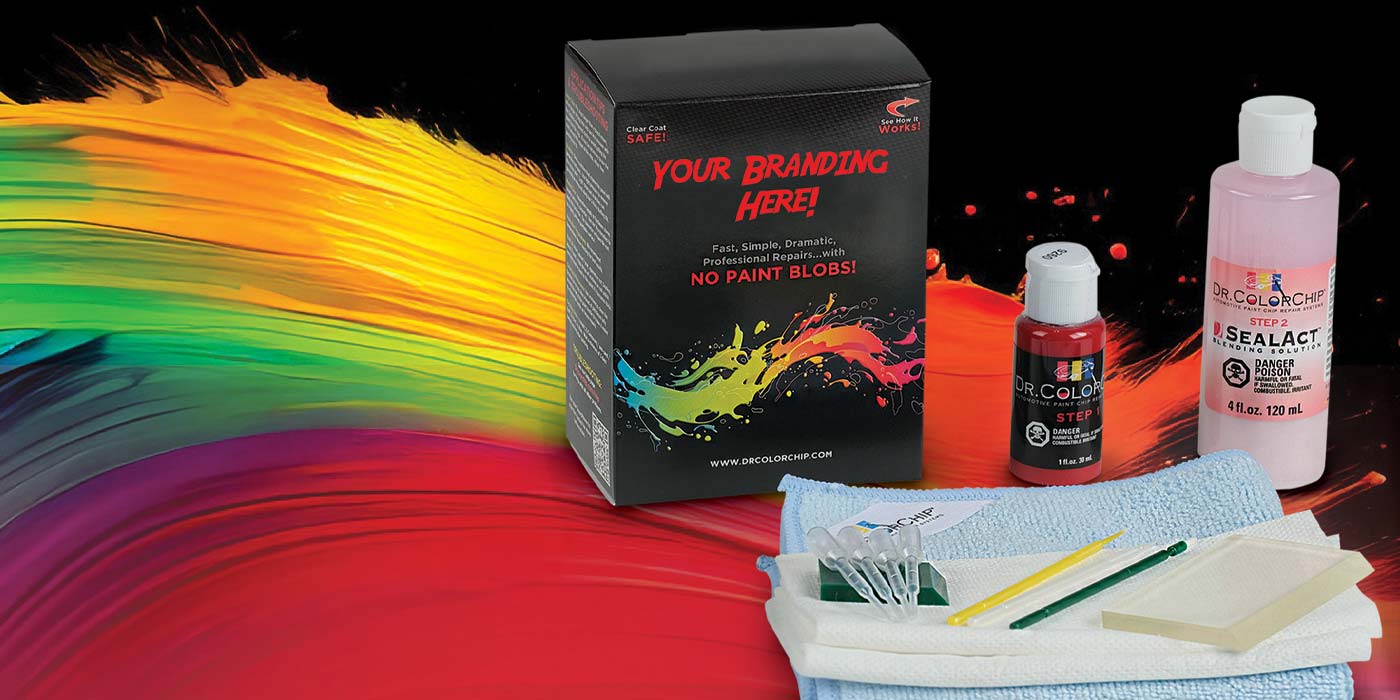Want to run your recon department as a profit center for the dealership? Your goal should be to get retail-ready vehicles to the front line in three to five days at the lowest all-in cost. It’s a process to be managed — and managed well.
One component of recon efficiency that dealers ask about is how to determine staffing load. To begin, for simplicity sake, let’s assume a monthly volume of 100 units through recon. At this volume, how many techs, detailers and other personnel must be on the clock to do that work? At this point, we’re not considering time-to-market (TTM) or how fast you can get these cars frontline ready.
- Number of service/dispatch advisors
- Number of technicians
- Number of detailers
- Sublets: To use or not to use?
- Digital/photo specialist for online inventory presentation
- Used car manager
You might not consider the used car manager position as a recon asset, but it is critical. As the table below notes, the used car manager should also be assigned a “Best Practice” clock time:
WHO
- Advisor & Technician
- Used Car Manager
- Dispatch Advisor
- Detail Digital Specialist
WHAT
- Inspection, RO, Mechanical
- Approval
- Shop Loading, Project Management
- Cosmetic Detail, Delivery Prep
- Online Photos/Web Upload
Clock-Time Best Practices
- Four Hours
- Under 15 Minutes
- One Hour
- Four Hours
- Four Hours
Run the Numbers
Let’s calculate your staffing load: 100 units a month X 12 months = 1,200 used vehicles reconditioned per year. Fixed operations consultant Gene White of Gene White Management, a former industrial time efficiency engineer, also allots four hours per detail and per technician:
- 100 vehicles x 4 hours x 1 tech = 400 hours per month.
- 400 hours = 10 man-weeks@40 hours/week
- 10 man-weeks divided by 4 weeks/month = 2.5 techs
Note, this staffing requirement assumes these 2.5 technicians are working their 40 hours at 100 percent efficiency. This shop will probably employ three individuals in each of those spots to support sick day, vacation and unusual work loads. White notes, however, that dealers tend to over-staff, which would not be necessary if they watched and managed their productivity closer.
This is why highly productive recon operations have not only done their labor/asset calculations well but also have in place accountability tools to hold assets to their Best Practice clock times (see table).
Staffing Slip-Ups
To gain honest insight into technician and detail efficiencies, pull their individual flag hours and compare them to those individuals’ clock hours. How might closer supervision of workflows and accountability per asset identify where that time and profit is getting away from you?
Unless you’re measuring each step of your recon process and holding each staff accountable for performing to their clock time, it is quite challenging to know what the current reconditioning model is costing the bottom line.
Whether you’re managing a one-rooftop recon operation or many across a group of stores, you can’t improve what you cannot measure. For a group, you want to know what each store is achieving in reconditioning TTM and costs.
You also want to know how stores are doing as a group — and how each store in the group compares to others.
Without performance reports that let you take the temperature of your operation, unidentified time costs will eat sales gross quickly:
- One of these costs is delay; a shop that takes too long to get cars retail ready erodes gross.
- Another cost to manage is holding cost. This cost is related to the first and is a percentage of total overhead assigned to each vehicle, which NCM Associates pegs at an average of$32 per unit per day. This cost accumulates for that vehicle from the time you acquire it until it hits the retail sales lot.
- The final cost is TTM, which encompasses both above points. A Best Practice time to market or recon cycle is three to five days. Unless this time is closely managed and set to clock time it’s almost impossible to know for certainty how efficient your recon is. For instance, many dealers who assume their time to market is in a three-to-seven-day range are surprised to learn it’s closer to eight to 15 days when reconditioning workflow TTM software is first applied.
A few final considerations:
- As you calculate recon costs, also factor in sublet costs and associated liability. Vehicles at sublets are at risk when they are transported to and from.
- Factor in recon’s percentage of overall dealership overhead costs. Interestingly, White notes that dealerships’ increasing overhead costs means every repair order opened has a built-in cost of $50 to $80.
- Is the service and/or used car department dumping costs into recon that should rightly be assigned to their financials? For instance, an appraiser puts too much into a trade that challenges recon’s ability to get it frontline-ready competitively. If this practice is not corrected, recon will continually struggle to realize its bottom-line efficiency.
- Understand that there’s an economic and relational cost from friction between personnel, especially the used car, service and recon managers. Poor communications among them can delay recon speed, lead to turnover and wasted time and resources.
Manage by the Clock
If the goal is to retail used units within the magical 30 days, you can’t waste half of that time in recon. TTM software provides clarity and transparency into each step of this process. This tool provides clarity into the “who/what/when/where/why” into what each extra day in recon is costing per unit. When you know where productivity, dollars and time leak from your processes, you can address and fix them.
By achieving and consistently holding to improved TTM workflow, benefits typically flow out, such as: reduced holding costs, improved gross margins, increased inventory turns, fewer units wholesales, more engaged players and a more competitive dealership.
Here’s what I mean:
- Holding costs erode gross. Shaving six recon days off 100 units saves $19,200 a month,$230,400 a year.
- Every 2.5 days shaved off your reconcycle increases inventory turn by one. A more-efficient used car operation turning inventory faster enjoys higher grosses on more units sold.
- Processes run and managed by recon workflow software build a rhythm that creates happier teammates. More satisfied workers stay put longer.
- Dealerships having developed TTM workflow that includes proper staffing will flow more revenue to the bottom line.













